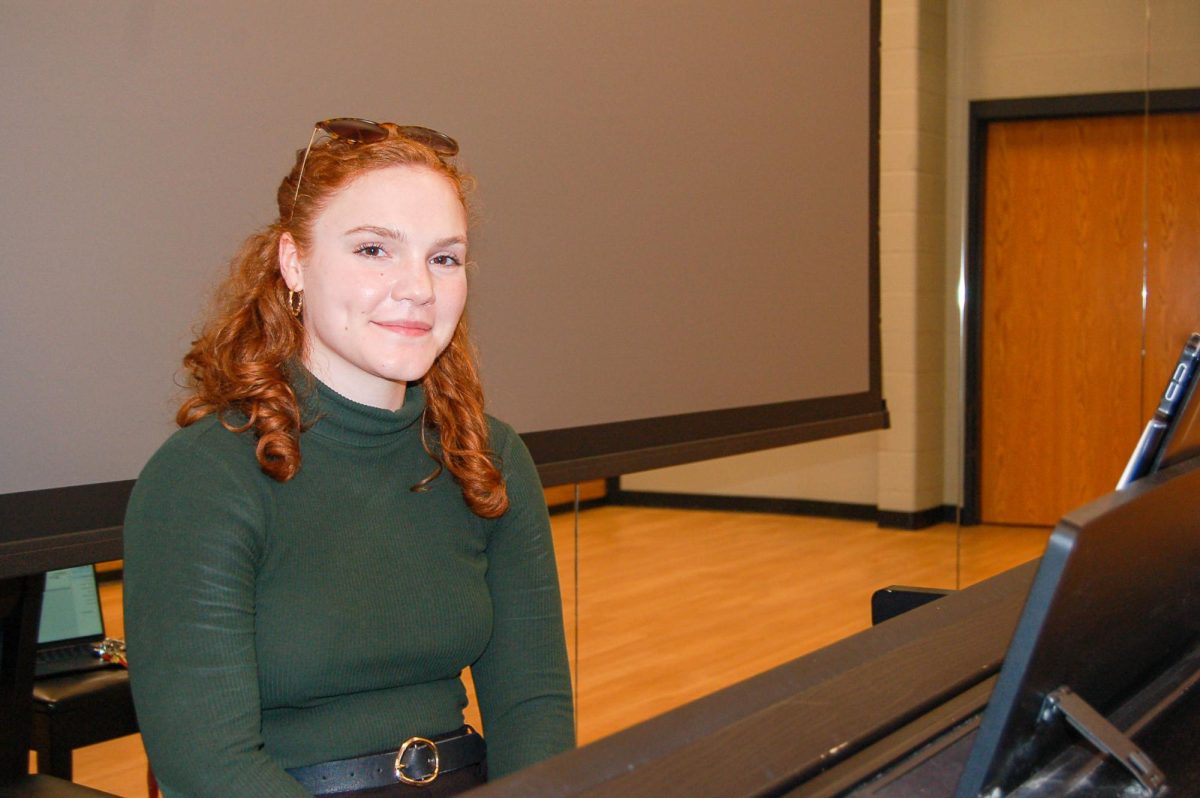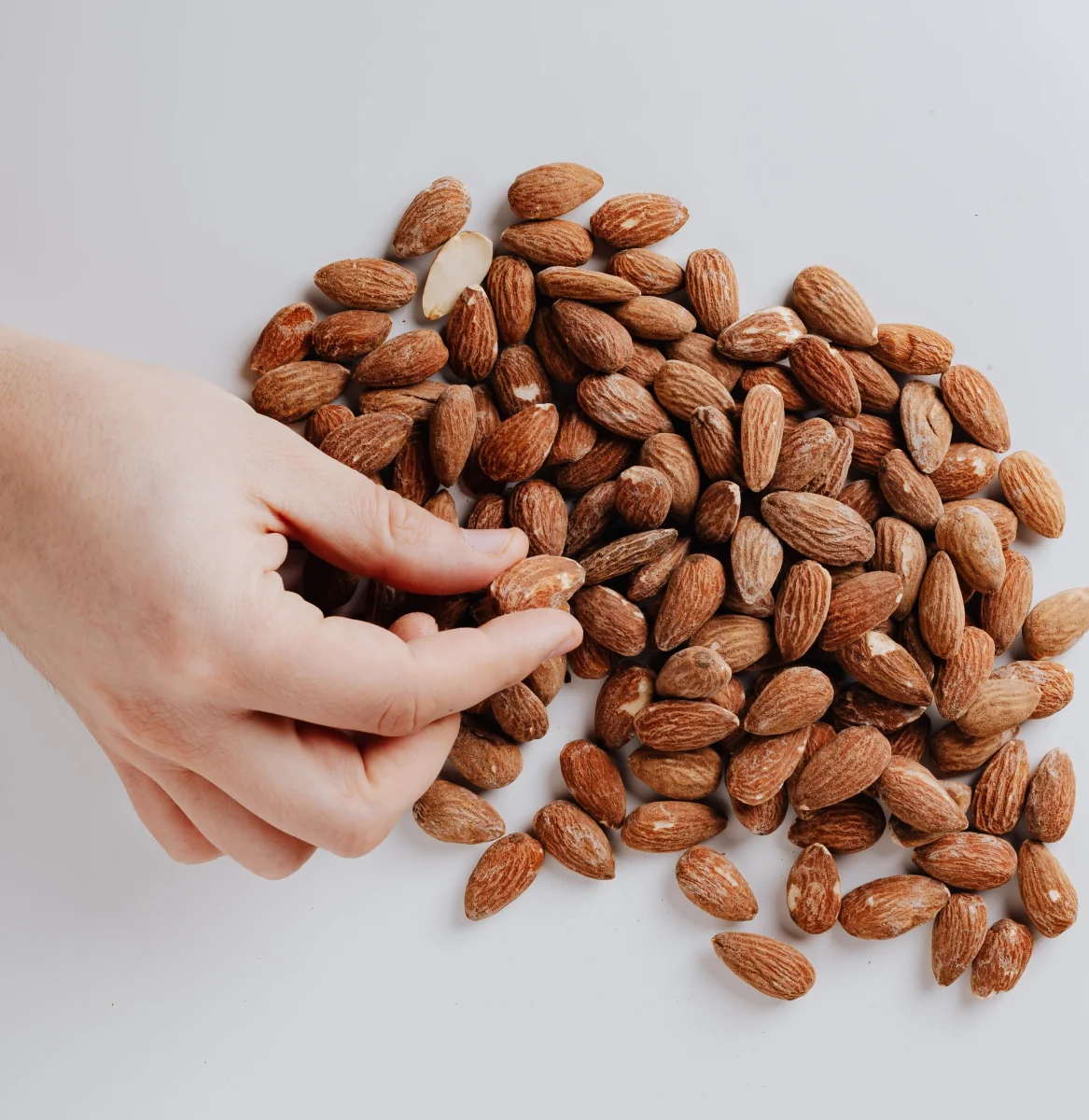The winter season was once a collection of fairytale magic and holiday spirit. However, as the new year closes in, it feels like the walls are too. Standing in the middle of a crowded hallway, it’s as if no one is around except for yourself and the thoughts circulating in your head. The ground caves in and flashbacks are set on a rewind of all the things you didn’t accomplish. Before you know it, the winter blues are back just like the year before. It’s almost as if a pattern is present, but is it only affecting you?
Seasonal depression isn’t a secret. The Cleveland Clinic has found that about 5% of adults in the U.S. suffer from seasonal affective disorder, commonly referred to as SAD. While SAD can manifest in all age groups, many research organizations focus their information on how it can affect young adults, typically between the ages of 18 and 30. However, Newport Academy, a mental health program located across the United States, aims their research at teenagers.
According to Newport Academy, younger people, primarily teenagers, are more prone to having SAD than anyone else. Various sources contradict each other when it comes to who is truly at risk most. No matter which organization is correct, it’s a fact that teenagers undergo seasonal depression, but it’s not commonly seen as a genuine issue.
Noblesville High School counselor Cosette Fehribach works closely with students who are struggling with depression. Fehribach also recognizes the importance of speaking about seasonal depression, particularly in hopes of destigmatizing conversations about mental health.
“Acknowledging something can make people feel less alone and more accepted,” Fehribach said.
When struggling with serious mental issues, it’s necessary for individuals to find a community of those they can relate to and coincide with. According to the American Psychological Association, evidence shows a connection between social isolation and depression. Without the support of others, it is notably difficult to heal, and various symptoms can worsen.
“Spending more time alone and withdrawing from peers is a common warning sign of depression,” Fehribach said. “It’s easy to get stuck in the same routine, so we have to be proactive about engaging in new experiences.”
As signs of SAD increase, it’s essential to identify new habits and mechanisms to relieve any stress and other emotions that may be involved in causing one’s depression. Even doing something simple, like breathing exercises, makes every step counts and will make a difference.
“When our brains tell us to stay huddled up in a blanket all evening, it helps us to get out of the house and do something new,” Fehribach said.
Taking chances and trying new things can help someone who is suffering to recover. A change in scenery is valuable to the process of healing. As winter kicks off, and freezing temperatures invade, Fehribach recommends taking the opportunity to get outside and enjoy the snowy weather. After all, the fight for destigmatizing SAD is a long journey.
Opening the discussion of seasonal depression in teens is the first step. Afterwards, pushing yourself –and others– to go outside of your comfort zone is the key to success. The ups and downs of recovery is a hard and draining process. However, by the end, the relief from sorrow makes it worth the time and effort put forth throughout. Remember, you are never alone.






















